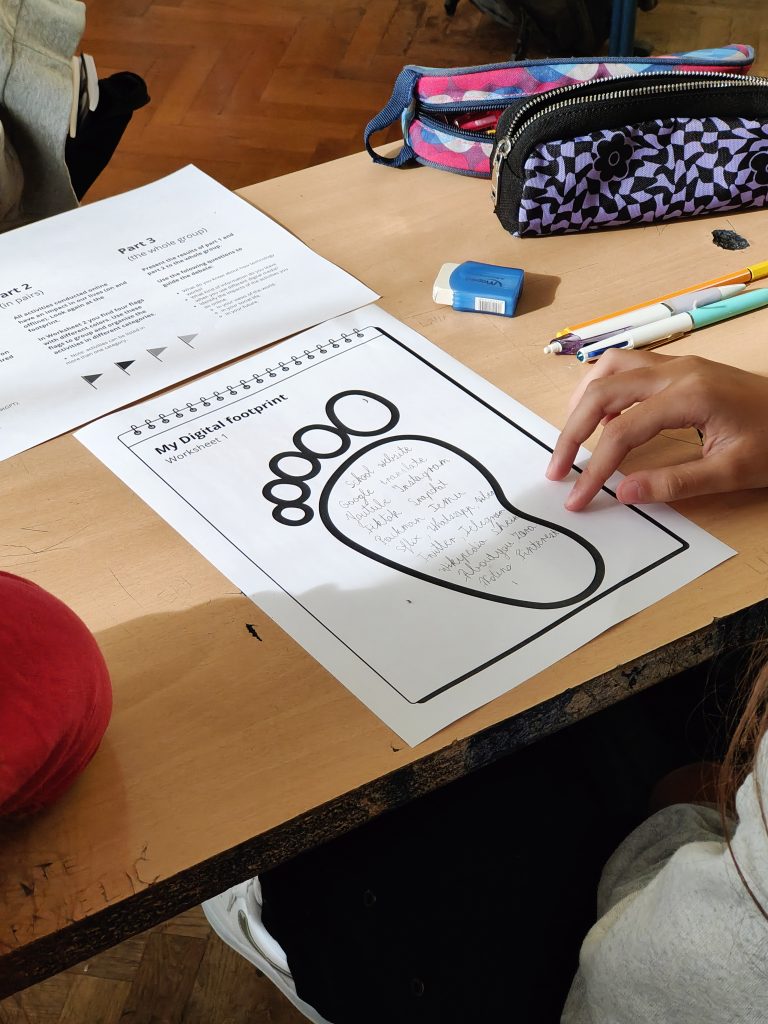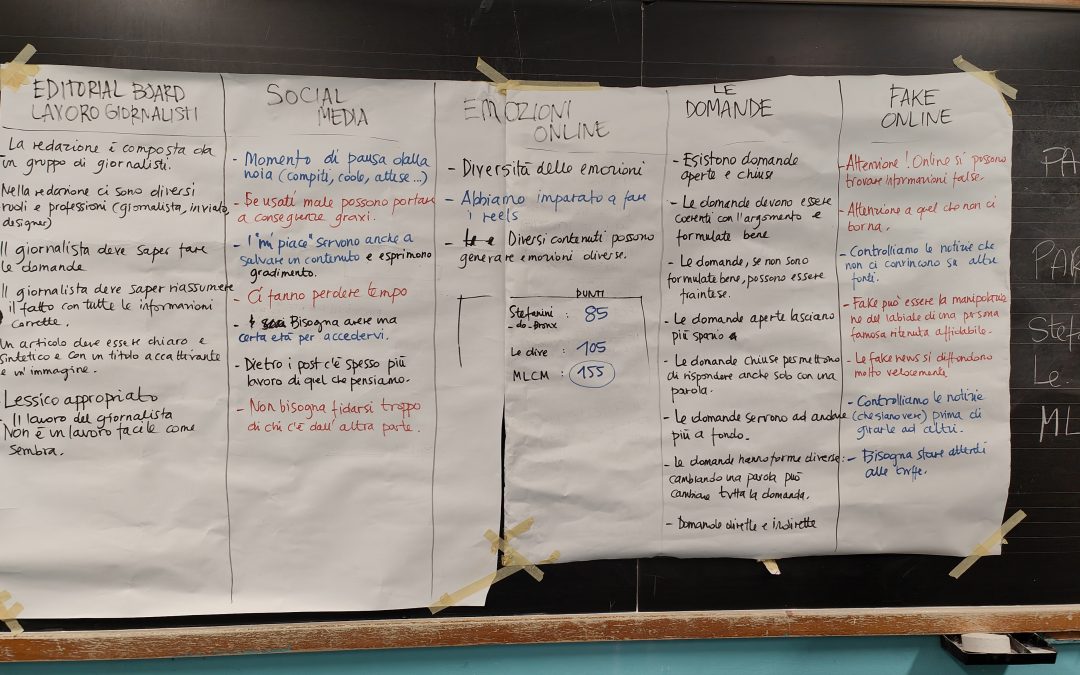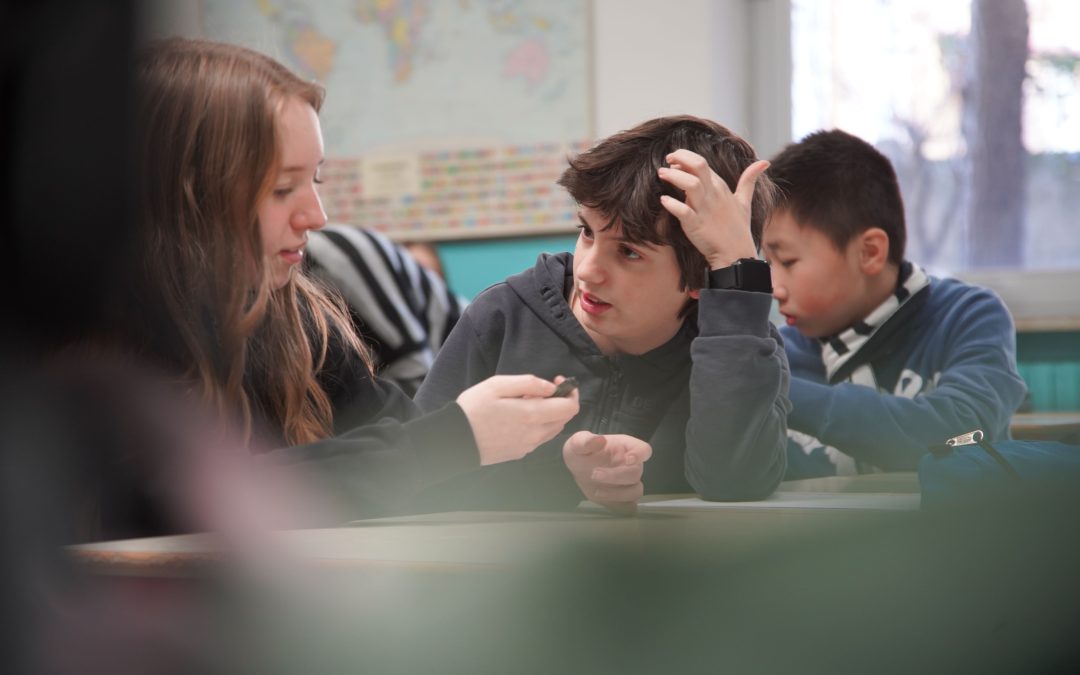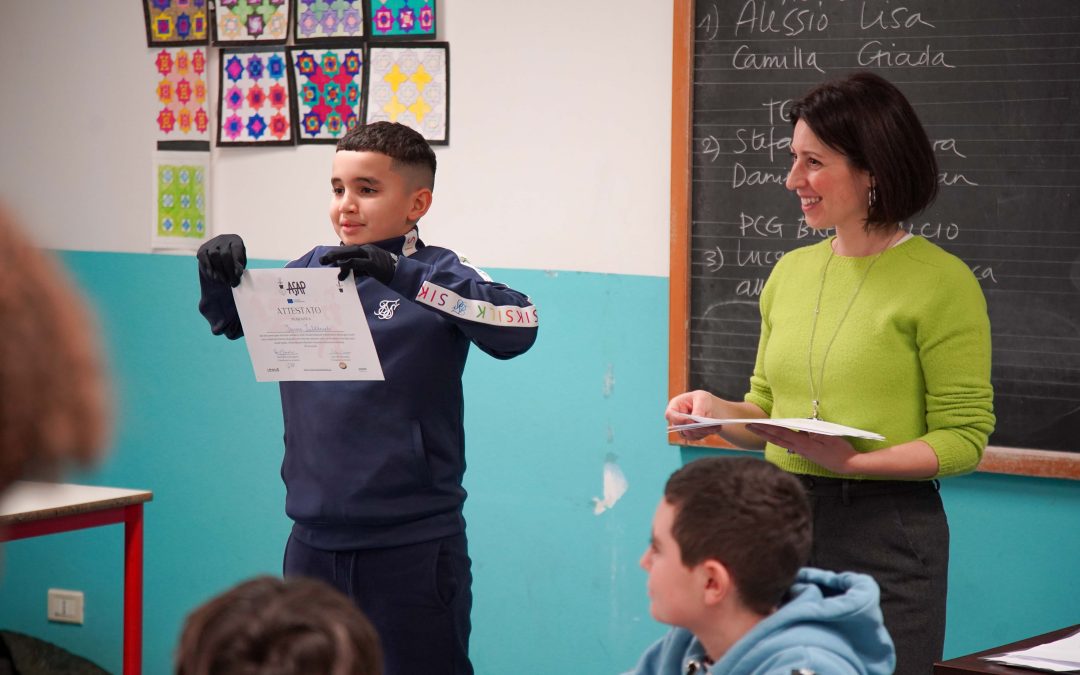The ASAP Educational Programme, part of the Erasmus+ project A Systemic Approach to Social Media and Preadolescents through Thinking Skills Education, is designed to help young people develop the competences and critical awareness needed to thrive in a digital society. Among its Learning Units, Onlife addresses one of the most pressing challenges for preadolescents today: the increasingly blurred line between online and offline life.
For today’s children, the digital world is not a separate space they “enter” and “exit.” Instead, it is interwoven with their daily experiences, friendships, and identities. This hybrid reality is what philosopher Luciano Floridi describes as “onlife” — a condition in which the online and offline merge into a continuous dimension. The Onlife Learning Unit brings this concept to the classroom, encouraging preadolescents to reflect critically on their digital habits, footprints, and responsibilities.
Why Online Matter?
Preadolescents are growing up in a world where social media, messaging apps, and online platforms are inseparable from schoolwork, friendships, and leisure. Their identities are shaped simultaneously in physical classrooms and digital networks. This duality can provide opportunities for learning, creativity, and connection, but it also raises risks: exposure to harmful content, cyberbullying, pressure to perform online, and lack of privacy awareness.
For many young people, online life feels just as real and consequential as offline life. Understanding this helps educators and families to guide children more effectively. The Onlife Learning Unit responds to this reality by giving preadolescents the tools to become conscious of their digital behaviour and to balance risks with opportunities.
What the Learning Unit Contains
The Onlife Learning Unit provides interactive activities that help children reflect on their online and offline experiences as part of one integrated life.
- Mapping digital routines: Students create a map of their daily activities, identifying when and how they are online, and how this affects their mood, focus, and relationships.
- Understanding digital footprints: Through guided exercises, they learn how every click, post, or message leaves a trace. They reflect on the permanence of data and what this means for their reputation.
- Creating agreements: Classes work together to draft a “digital agreement” or code of conduct that balances freedom with responsibility. This collaborative activity strengthens their sense of shared rules and collective responsibility.
- Dos and Don’ts: Students design posters or infographics that summarise what to do (and what to avoid) in their online lives. These outputs can be shared within schools or online as awareness-raising materials.
- Risk and opportunity reflection: Children discuss concrete situations — such as making new friends online, sharing photos, or reacting to cyberbullying — and consider both the risks and the potential benefits of digital actions.
The unit is designed to make children active participants, not passive recipients. By connecting digital experiences to real-life examples, the activities empower them to see their onlife as something they can shape, not something imposed on them.

Key Competences Developed
The Onlife unit strengthens a broad set of competences aligned with the European frameworks:
- Self-awareness and responsibility: Recognising how digital choices impact personal identity and relationships.
- Critical thinking: Reflecting on the consequences of online actions and questioning digital practices.
- Collaboration: Building agreements with peers to promote respectful and safe online behaviour.
- Digital literacy: Understanding concepts such as digital footprint, privacy, and online identity.
- Resilience: Developing strategies to handle challenges such as online conflict, peer pressure, or harmful content.
These competences are essential not only for individual well-being but also for fostering responsible citizenship in increasingly digital societies.
Why this Learning Unit is important
The Onlife Learning Unit speaks to the everyday reality of preadolescents. Children often do not perceive a clear boundary between “real life” and “digital life.” Helping them to reflect on this integration equips them to make conscious choices, rather than drifting uncritically between online interactions and offline consequences.
By focusing on issues like digital footprints and shared agreements, the unit encourages accountability. It also nurtures empathy: students come to understand how their online behaviour affects not only themselves but also their peers and communities. This is crucial in tackling phenomena such as cyberbullying or exclusion, which often originate online but have very real offline effects.
Expected Impact
By the end of the Onlife Learning Unit, students will:
- Be able to describe and reflect on their own online and offline routines.
- Understand the concept of digital footprints and their long-term consequences.
- Contribute to collective agreements for safe and respectful digital behaviour.
- Recognise risks and opportunities in specific online situations.
- Approach their onlife with greater resilience, mindfulness, and responsibility.
The expected impact extends beyond the individual classroom. Schools and families that adopt the activities gain a language and framework for discussing online behaviour. This opens dialogue between children, peers, teachers, and parents, making it easier to build supportive communities around digital well-being.assrooms and families gain a culture of dialogue where questions are valued as tools for growth rather than interruptions.
In an age when digital and physical realities are inseparable, this unit empowers children to navigate their hybrid lives with awareness, resilience, and responsibility.
It reminds us that the challenge is not to separate online from offline, but to live onlife consciously and wisely.





